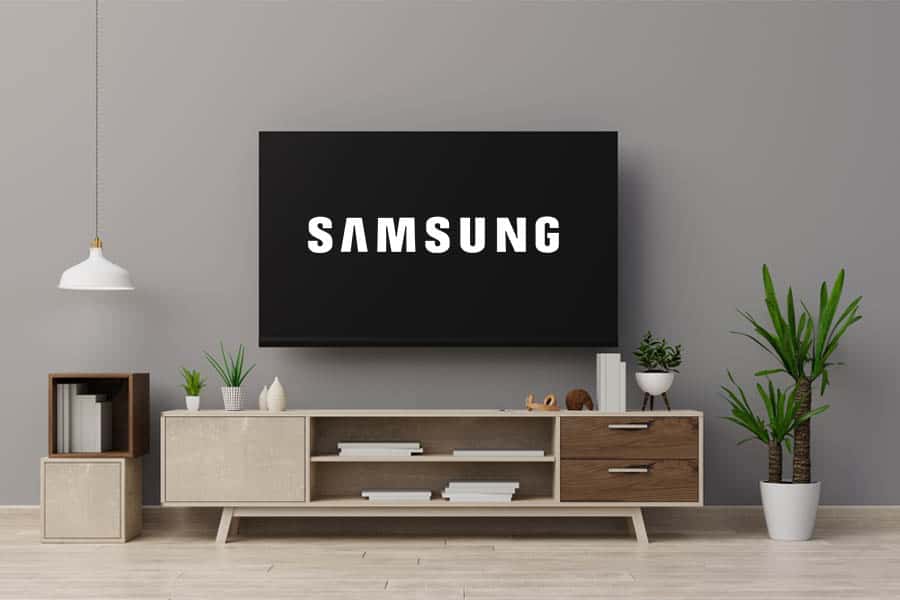Navigate to Display Settings: Within the TV menu, navigate to the “Display” or “Picture” settings. The exact wording may vary depending on your TV model. Select Resolution: Look for an option called “Resolution,” “Picture Size,” or “Display Mode.” Select this option.
The resolution of your Samsung Smart TV determines the clarity and sharpness of the picture. With higher resolutions like 4K or 8K, you get more detailed and lifelike images that take full advantage of your TV’s display capabilities. Checking your Samsung TV’s resolution is easy and ensures you are getting the best viewing experience based on your model.
Why Resolution Matters
Resolution refers to the number of pixels (individual dots) that comprise the display. More pixels allow for greater detail, sharper definition, and an overall enhanced viewing experience.
Here are some key resolutions and their benefits:
-
720p HD – The minimum resolution for HD content. Provides decent image quality for smaller TVs.
-
1080p Full HD – The most common HD resolution today. Sharp, detailed images perfect for TVs 50 inches and larger.
-
4K UHD – 4x more pixels than 1080p. Provides ultra-sharp visuals and clarity on premium TVs. Ideal for 65 inches and up.
-
8K UHD – 4x more pixels than 4K. The highest consumer resolution available. Offers mind-blowing realism on very large, high-end TVs.
A Samsung TV’s full capabilities are only realized when displaying content in its native resolution. Setting the wrong resolution results in a poorer picture, which is why checking your TV’s settings is important.
How to Check Resolution on Samsung Smart TVs
Checking and changing the resolution on your Samsung Smart TV is easy and can be done in just a few simple steps:
1. Press the Menu Button on your Remote
The menu button brings up the on-screen menu for your TV’s settings. It looks like a small cog or gear icon.
2. Navigate to the Picture or Display Settings
Within the menu, look for options like “Picture” or “Display” and select it. This takes you to the section governing resolution and display modes.
3. Locate the Resolution Setting
Look for a setting called “Resolution.” On some models it may be labeled “Picture Size,” “Display Mode” or something similar. Select this option.
4. View and Change the Resolution if Needed
You will now see the current video resolution for the TV input you are using. Make sure it matches the native resolution of your TV model.
For example, 1080p for Full HD TVs or 4K/2160p for UHD models. If not, change it to the proper resolution for optimal viewing.
5. Save Your Selection
After choosing the correct resolution, save your selection and exit the menu. The TV will adjust to the new resolution you have set.
Finding Your TV’s Native Resolution
If you don’t know your Samsung TV’s native resolution, you can check the user manual or product details online. Some common Samsung resolutions include:
- 720p or 1080p for 32-50 inch HD models
- 1080p for 50-85 inch Full HD models
- 4K for most 55 inch and larger UHD models
- 8K for high-end 85-100+ inch models
The TV box or product description from your place of purchase may also display the native resolution.
Tips for Setting Resolution
Here are some useful tips when adjusting the display resolution on your Samsung Smart TV:
-
For cable/satellite boxes, Blu-ray players and streaming devices, set the output resolution to match your TV’s native resolution for best quality.
-
When connecting a computer, choose the highest resolution possible that remains clearly visible on your TV model.
-
Don’t set a lower resolution than the source content, as upscaling will result in a softer, less detailed image.
-
Try different resolutions to find the ideal balance between text readability and picture sharpness when viewing a computer desktop.
-
Some gaming consoles let you select specific resolutions. Choose one that best optimizes performance and visuals.
-
If your TV has HDMI UHD Color enabled, turn this on for access to expanded HDR color gamuts from 4K Blu-ray and streaming sources.
Troubleshooting Resolution Issues
If your Samsung TV resolution appears stretched, blurry or doesn’t fill the screen correctly, here are some steps to troubleshoot:
-
Make sure the correct source input is selected. The issue may occur if the input doesn’t match the attached device.
-
Try a different HDMI cable in case the current one is defective or doesn’t support higher resolutions.
-
Reset picture settings to defaults in case changes like zoom or aspect ratio are causing problems.
-
Ensure output resolutions from media players and other devices match the native resolution. Conflicting settings can prevent proper display.
-
Reboot external devices and the TV to clear any software conflicts. Unplug, leave powered off for 1 minute, and reconnect.
-
If the problem started after changing a setting, retrace your steps and revert back to previous settings that displayed properly.
-
Perform a factory reset on the TV as a last resort to clear any problematic customized configurations.
Get the Optimal Viewing Experience
Adjusting the display resolution properly on your Samsung Smart TV ensures you get the crisp, clear picture quality the display is capable of. Referring to your owner’s manual or product page can verify the ideal native resolution. Taking a few quick moments to check and configure settings correctly allows you to enjoy your TV to its fullest.
How to get the right resolution for your Samsung TV – HD, FHD, UHD 4K, 8K
FAQ
How do I know if my Samsung TV is 720p or 1080p?
What resolution is a Samsung TV?
|
Product
|
Standard Resolution (px)
|
Aspect Ratio
|
|
Samsung UHD TV
|
1920×1080
|
16:9
|
|
Samsung FHD TV
|
1280×720
|
16:9
|
How do I find my Samsung TV specs?

